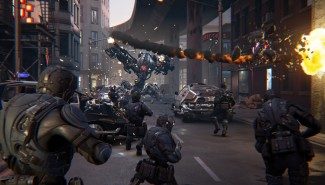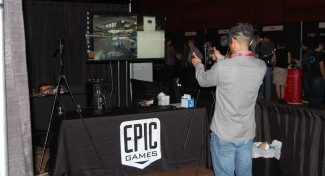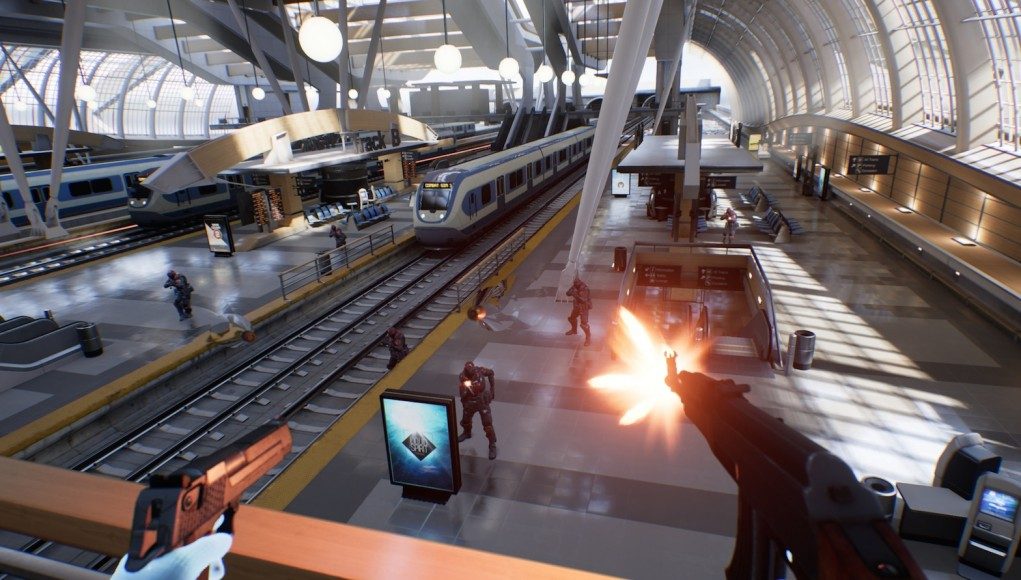Epic Games, the company behind Unreal Engine (not to mention a slew of best-selling titles), has worked closely with Oculus over the years to create VR tech demos. Their latest, Bullet Train, was the first to incorporate the Oculus Touch VR controllers. Creators of the project will take to the stage at VRDC in March to go behind the scenes on making the impressively polished demo, which they say took just 10 weeks.
Epic has been behind some of the most graphically impressive VR demos we’ve seen. Showdown, which debuted way back in 2014, still pushes the bar as one of the best looking scenes you can see in virtual reality. Then there’s Thief in the Shadows, a collaboration between Epic and Lord of the Rings VFX studio Weta, which puts players before the mighty Smaug.

While the former demos focused heavily on visuals, the company’s Bullet Train, which debuted at Oculus’ Connect developer conference in 2015, focused heavily on interaction and locomotion using for the first time the Oculus Touch VR controllers.
Now, as with tech demos past, creators behind Bullet Train will be going behind the scenes to talk about the design, production, and optimization process of the experience, which they say took just 10 weeks.
Epic Lead Engineer Nick Whiting and Senior Designer Nick Donaldson (collectively, ‘The Nicks’, to this writer), will host a session at the forthcoming VRDC in March titled Going Off the Rails: The Making of “Bullet Train.”
The session will cover the entire process, from start to finish, of creating Epic Games’ “Bullet Train” VR demo. Design considerations surrounding the user experience of adding interaction to traditionally passive experiences will be highlighted, including a breakdown of alternative paths that were considered but didn’t make the cut. Additionally, the speakers will discuss where they had to diverge from their original design choices in order to match the players’ expectations of the world they interact with.
Takeaway
See how a small team created the entire “Bullet Train” VR demo from scratch in only 10 weeks, and understand the specific design considerations and tradeoffs used to match players’ expectations of a highly-kinetic interactive VR experience.

Held at San Francisco’s Moscone Center March 14-15, VRDC is the VR-centric event complementing the forthcoming GDC 2016. Among other exciting sessions taking place at VRDC, Oculus and HBO will be there to talk about immersive storytelling in virtual reality.
Road to VR is proud to be the Official Partner of VRDC.







